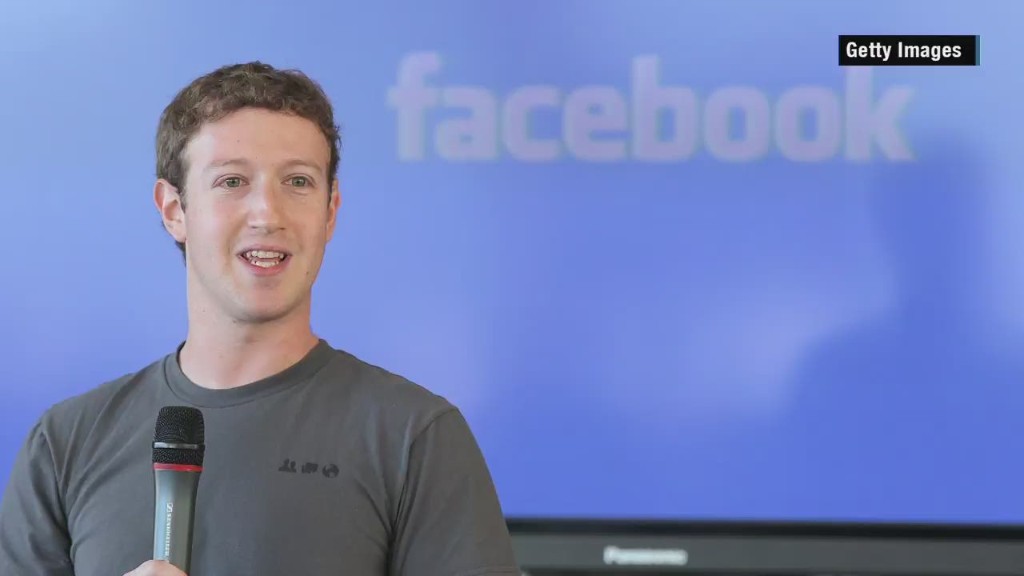

It's also important to remember that, when shooting for a PB, the long run isn't everything.
Year long running challenge full#
Although there's no scientific reason as to why you should run 20 miles specifically, it will help give you confidence that you can maintain your goal speed for the full marathon. If you're a little more experienced - maybe you've run a marathon before or have a few half marathons under your belt - and your goal is to improve your speed, then get to the 20 mile mark at your goal race pace. Aim to run for 3-3.5 hours at least once, and 2-3 hours several times.

You need to get used to being on your feet for several hours. If you're running a marathon for the first time and your main aim is to finish, focus on time rather than distance. Ultimately, the distance you need to run depends on your goal and experience. They claim that this is enough distance for your body to be prepped for the full marathon, and, as you are at less risk of injury and you don't need so long to recover, the rest of your training won't be as heavily impacted.

Yet many argue that clocking in a few strong 16-18 mile runs is a better tactic. The vast majority of plans recommend running no more than 20 miles in your longest run, and usually suggest doing so 3-4 weeks before race day.įor the keen beans out there, it can be tempting to try a 22 or 23 miler in the hope that this will make you more prepared than those who stopped at 20 an unknown 3 miles at the end of the race seems much less daunting than an unknown 6. While it's important to get used to being on your feet for long periods of time, run too far and the recovery time you'll need, as well as your injury risk, will increase dramatically.


 0 kommentar(er)
0 kommentar(er)
